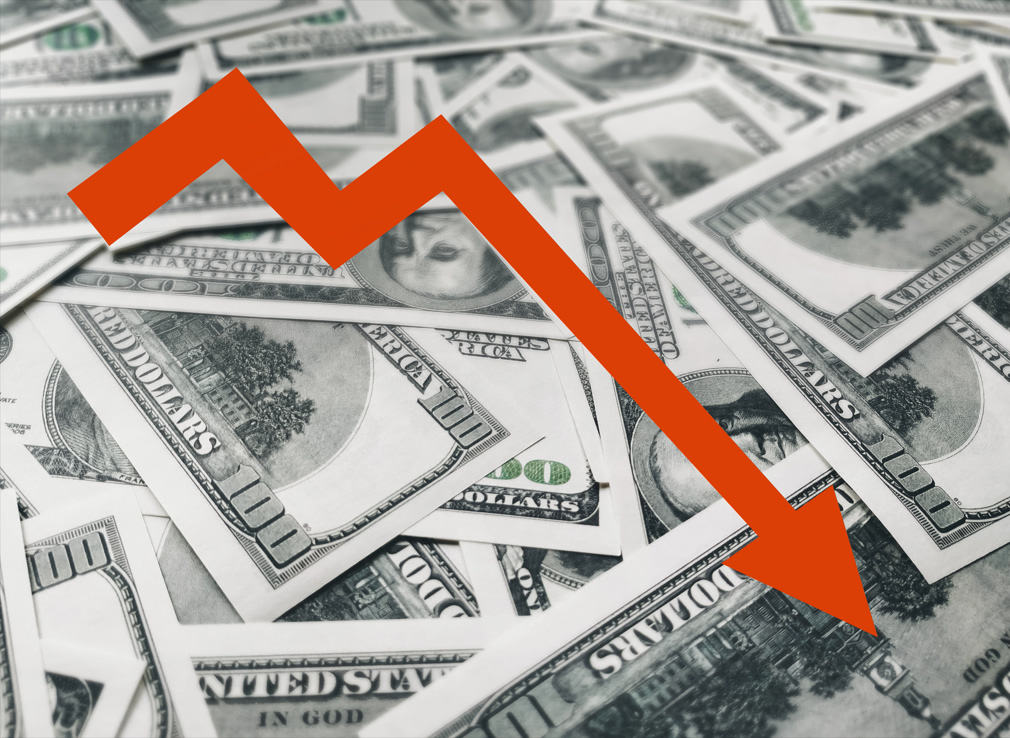The average U.S. rate for a 30-year fixed mortgage fell to 3.23% this week, the lowest ever recorded by Freddie Mac in a series that goes back to 1971.
The rate fell 10 basis points from the prior week after the Federal Reserve spent almost half a trillion dollars buying mortgage-backed securities to grease the wheels of the bond market and reassure investors. The new low beat the prior record – the 3.29% recorded in the first week of March – by six basis points.
On March 15, the Fed initially announced it would buy $200 billion of agency MBS to keep credit flowing amid COVID-19 fears. After the pandemic worsened in the following days and credit markets began freezing anew, Powell announced on March 23 the Fed would buy as many bonds as needed to restore normal functioning.
After spending more than double the $200 billion he initially budgeted, it worked. During a video press conference with reporters on Wednesday, after the end of the central bank’s two-day meeting, Fed Chairman Jerome Powell declared the program a success.
It wasn’t quite the same as the “Mission Accomplished” banner unfurled across the bridge of the aircraft carrier U.S.S. Abraham Lincoln in 2003 when President George Bush marked the end of the first phase of the Iraq War. But, it was as close as the soft-spoken head of the Fed – who follows the tradition of using muted language that won’t upset the markets – is likely to get.
“Our purchases have helped market conditions improve substantially in recent weeks,” Powell said on Wednesday. “In light of this improvement, we have slowed our pace of purchases.”
The Fed will continue buying bonds “as needed” to keep credit markets liquid, Powell told reporters, without providing specifics. That indicates we’re unlikely to see anything like the three-day buying spree in late March when the Fed bought $99.9 billion of MBS, according to data provided to HousingWire.
While homebuying demand is still on pause, with most of the U.S. under “stay-at-home” state mandates, the record-low rates should provide quick support for refinancing activity, said Sam Khater, Freddie Mac’s chief economist
“The size and depth of the secondary mortgage market is helping to keep rates at record lows,” Khater said. “These low rates are driving higher refinance activity and have modestly helped improve purchase demand from their extremely low levels in mid-April.”
Refinancing volume probably will rise to $429 billion in the second quarter, Fannie Mae said in an April 10 forecast. That would make it the highest since 2012’s fourth quarter, according to data from the Mortgage Bankers Association.






